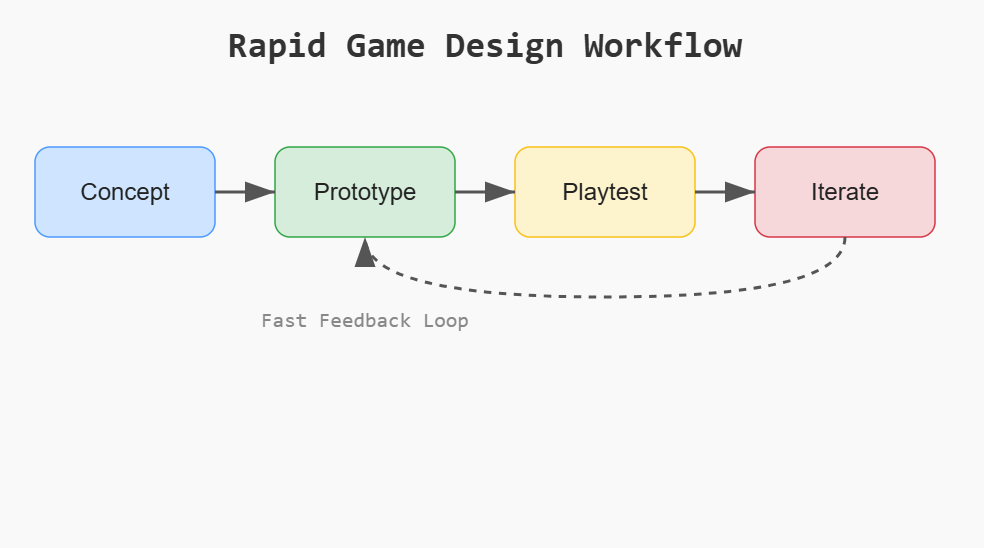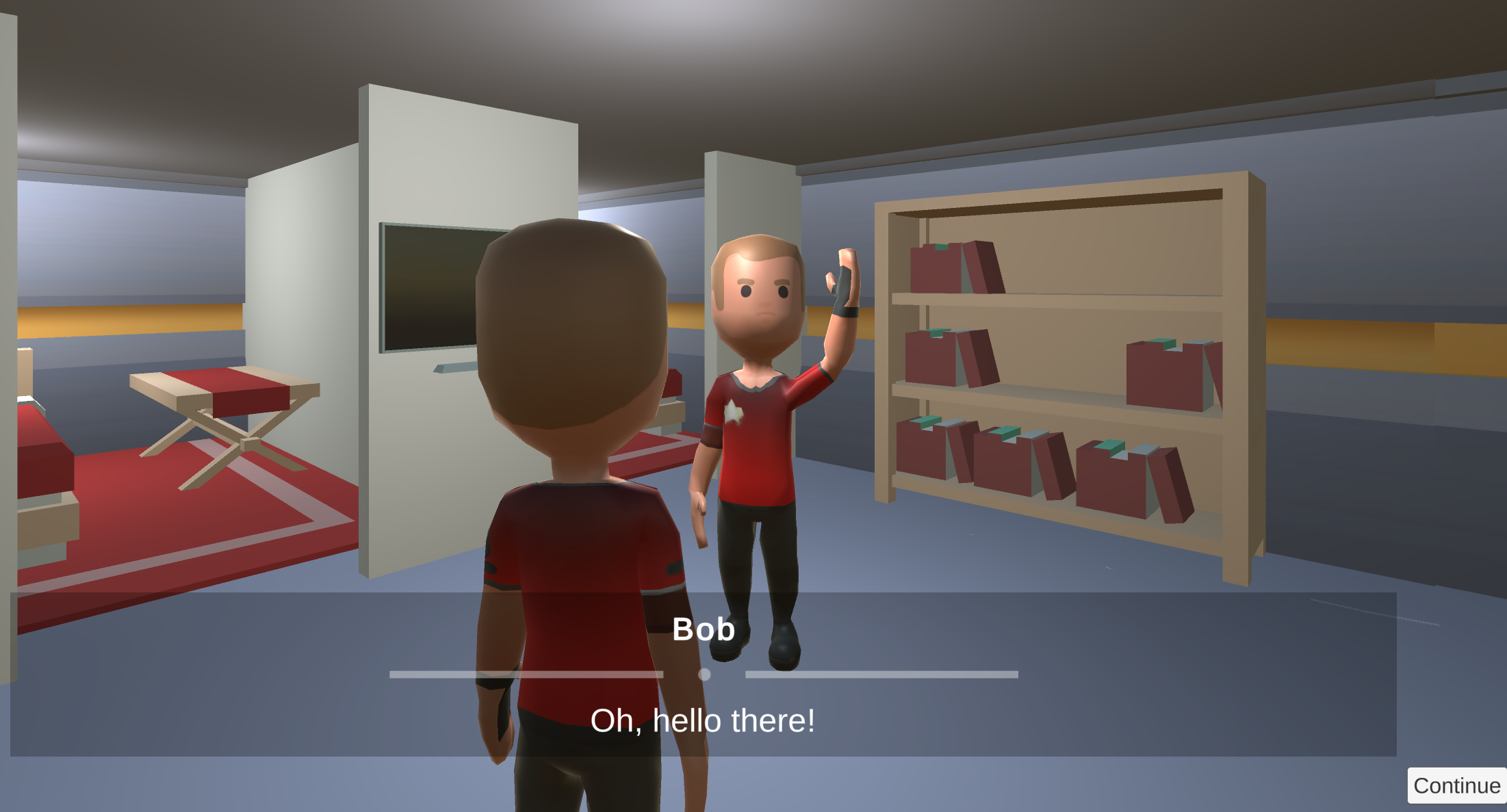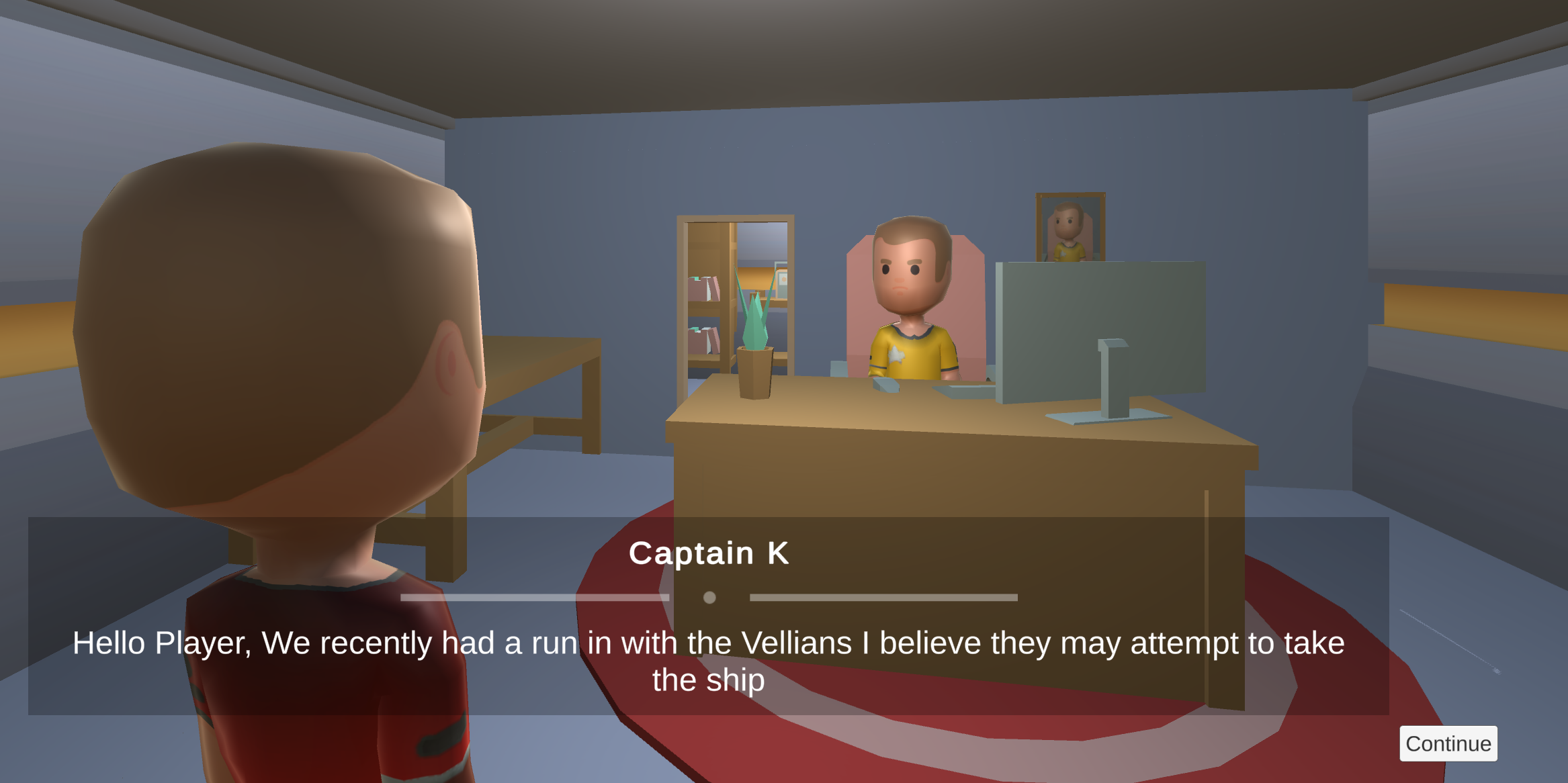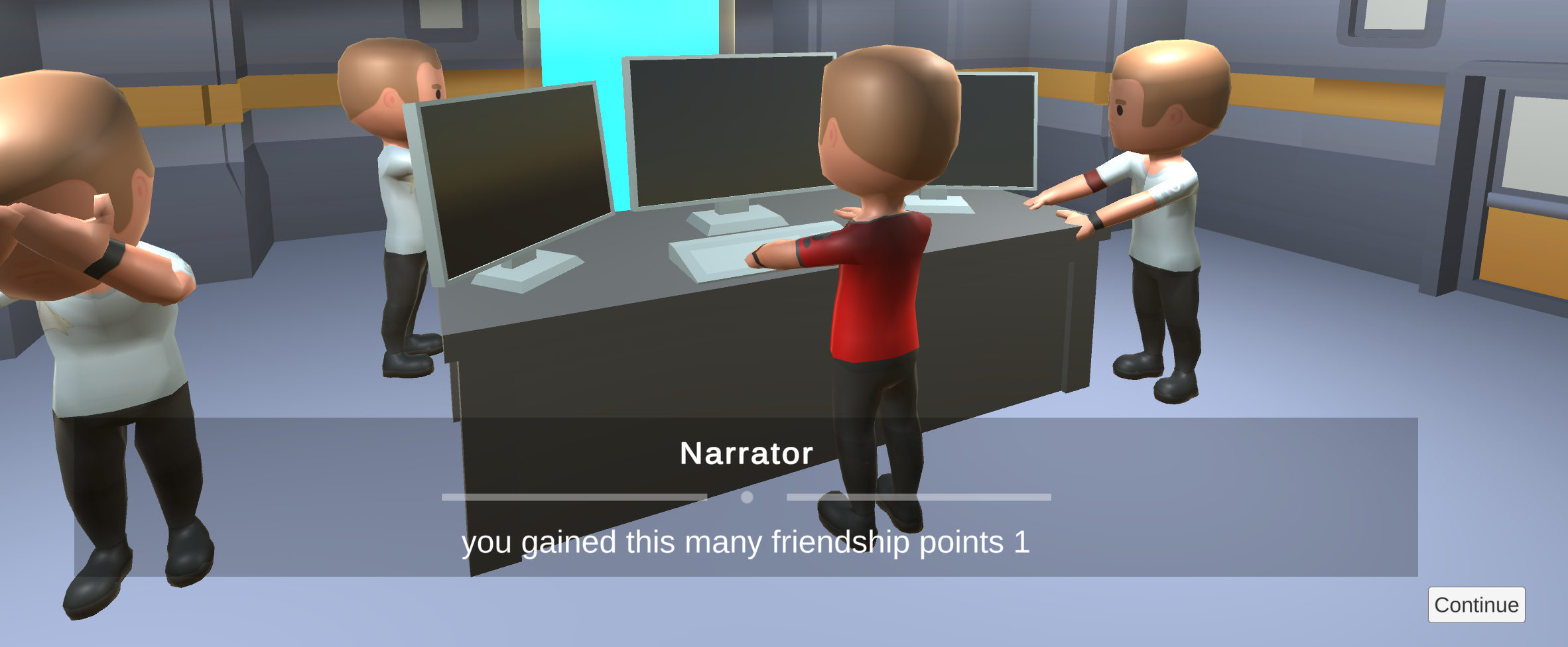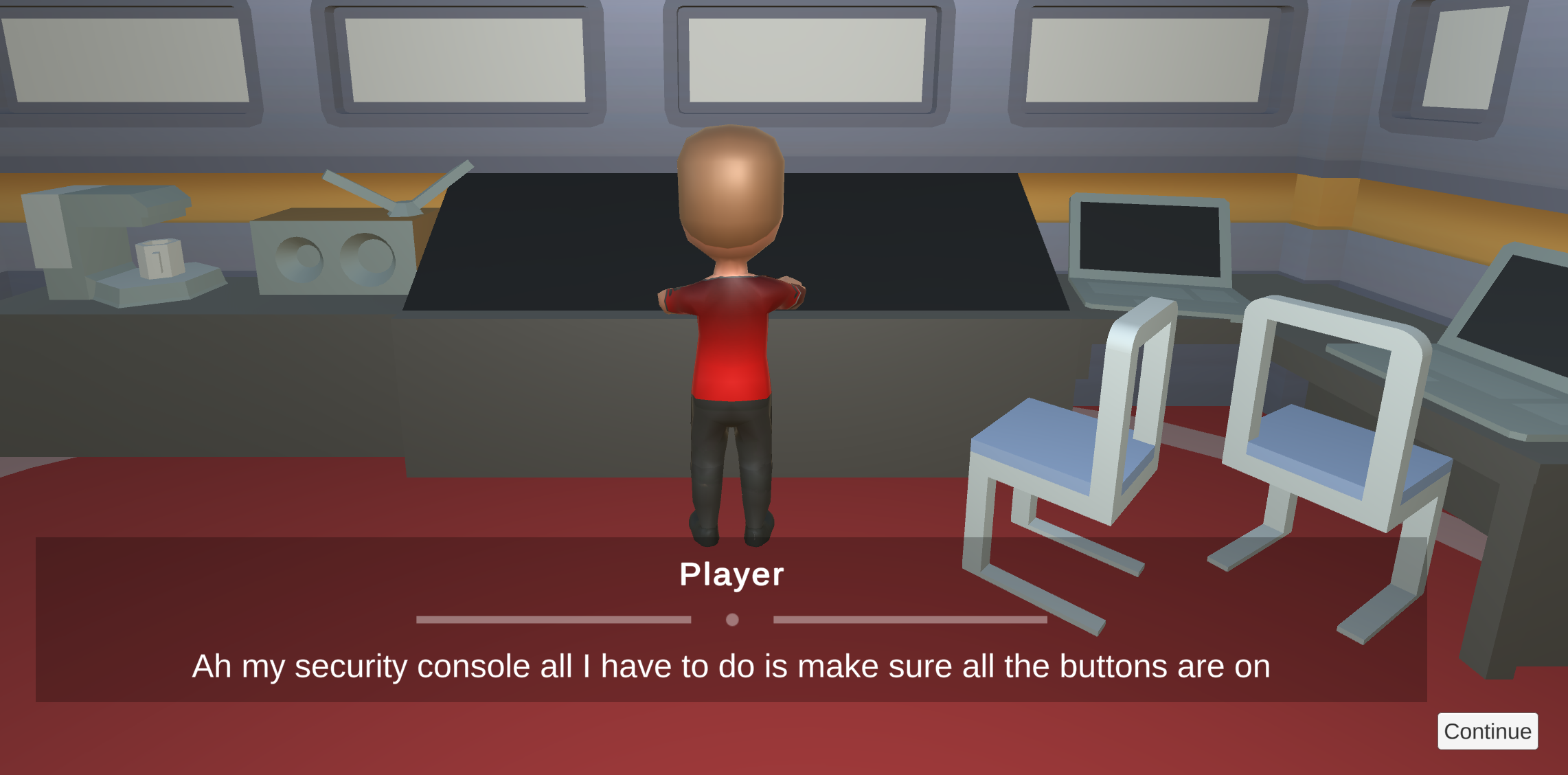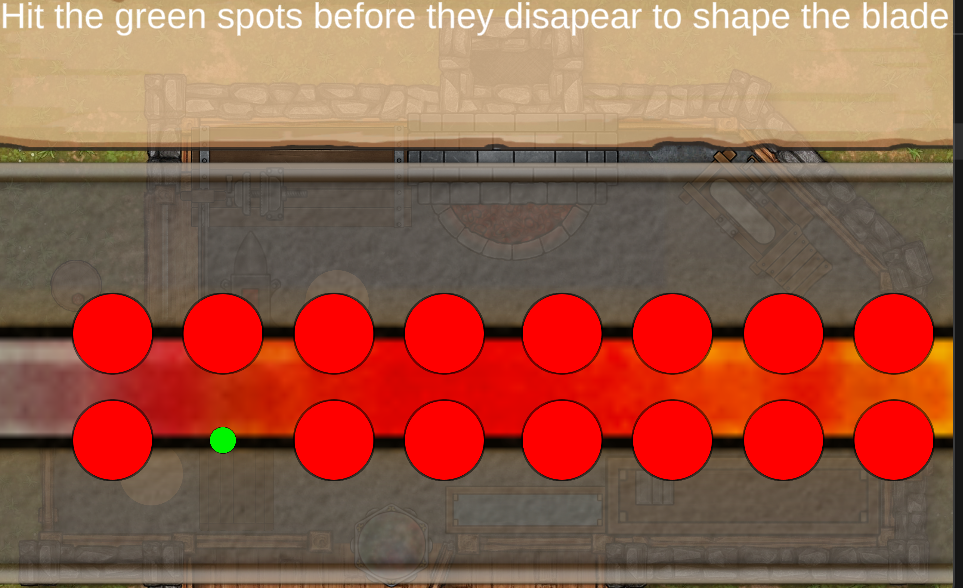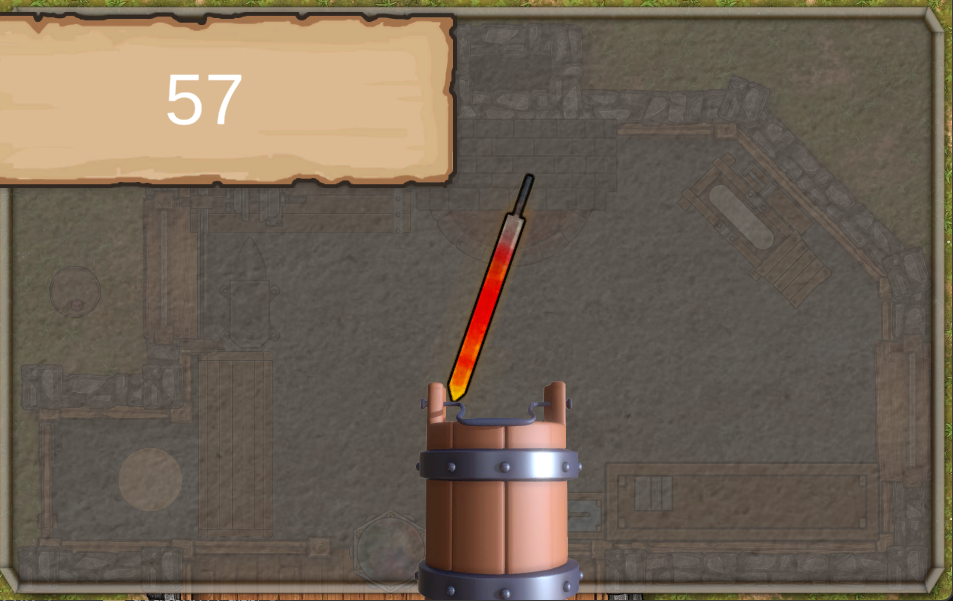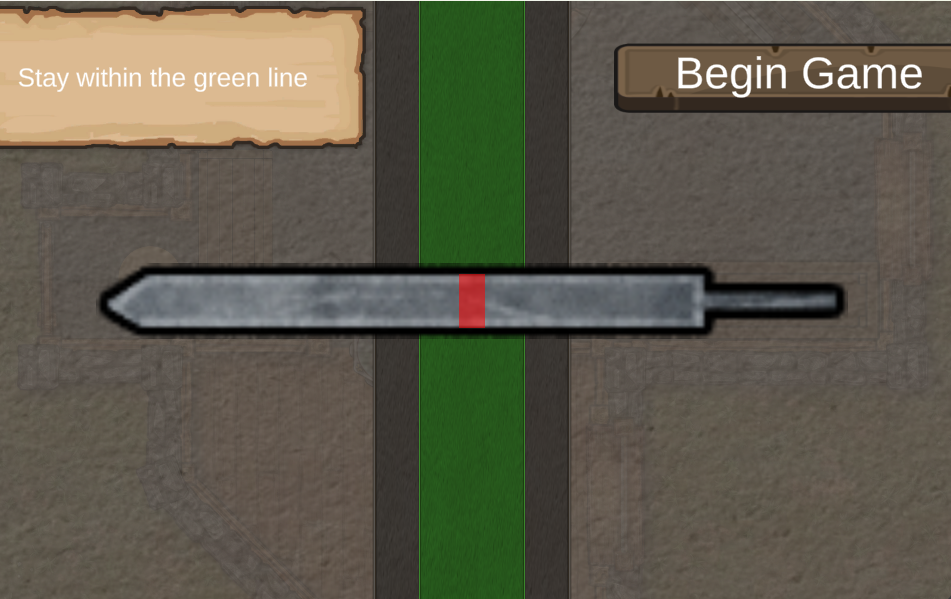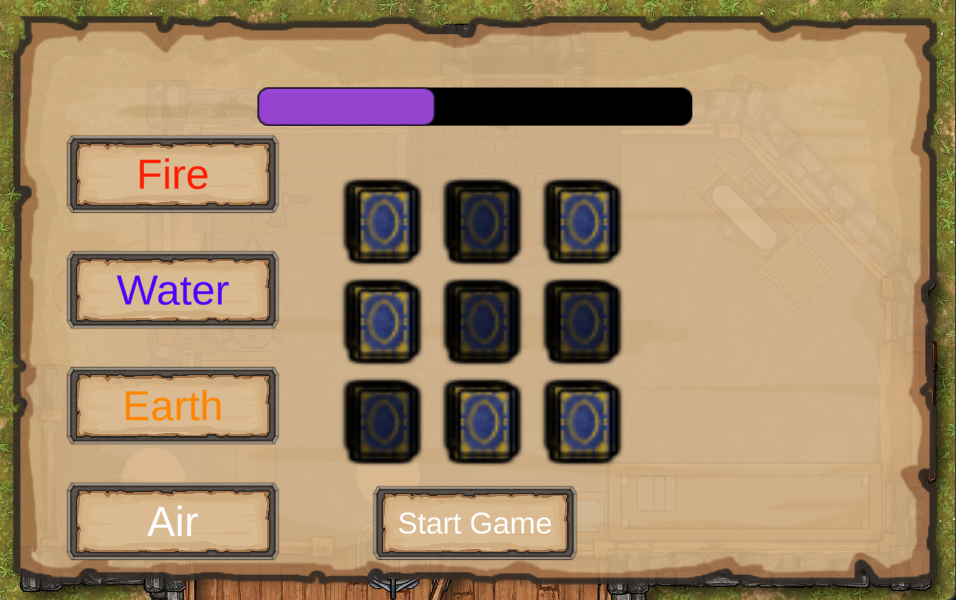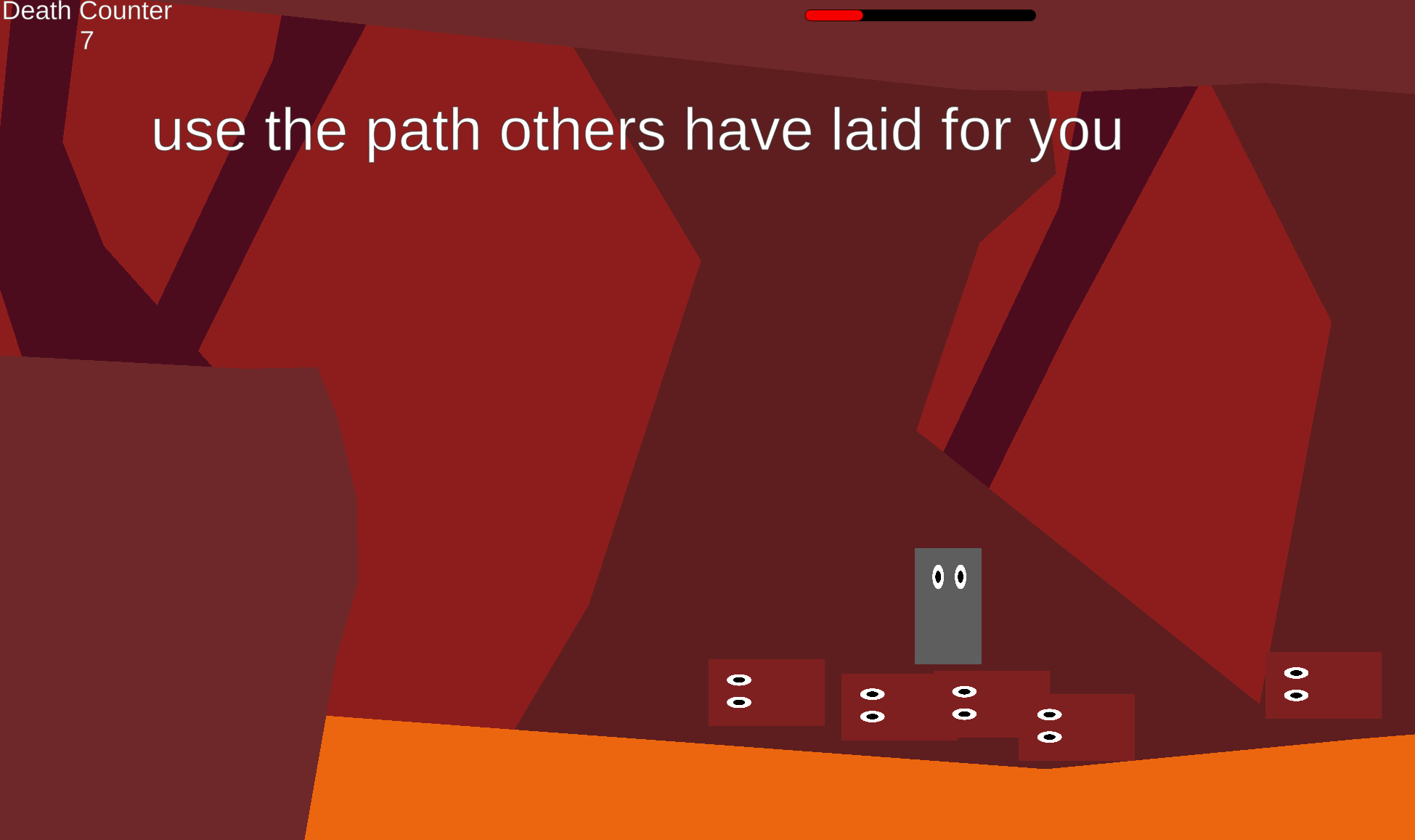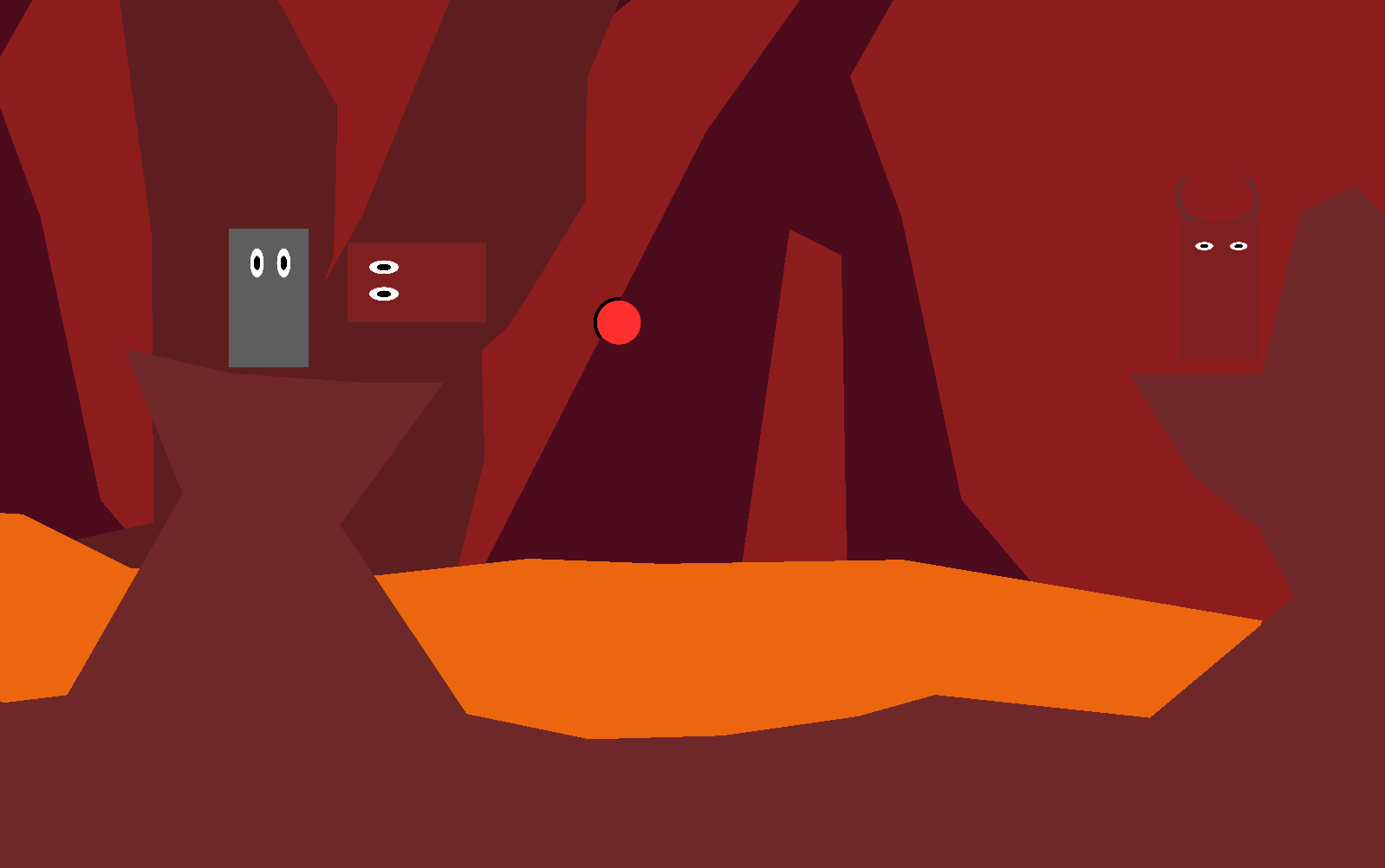Introduction
Welcome to my GAM712 Module Two portfolio. This module focused on rapid game design and iteration, providing me with the opportunity to quickly explore and refine innovative approaches while developing my skills as a game designer.
Throughout the course, I created six prototypes, each focusing on different gameplay mechanics, narrative elements, or design styles. From these, I selected my top three as my final submission, as they either taught me the most or presented the greatest challenges, pushing me to grow as a designer.
Rapid development, in my view, is about quickly testing whether an idea has potential before investing too many resources. While creating a project each week can be quite stressful—especially when you become deeply invested in one, like I did with my blacksmith game—it was also exciting to see how everyone interpreted the same theme differently. Despite the challenges, the process was both rewarding and insightful as I learned some things I now consider core.
The best thing I found on this module was YarnSpinner. Ive never really been into narrative games or any kind of narrative projects but now it's something I've used in a few of my projects and it's a really good narrative tool.
